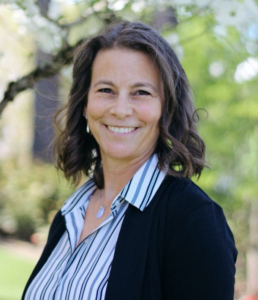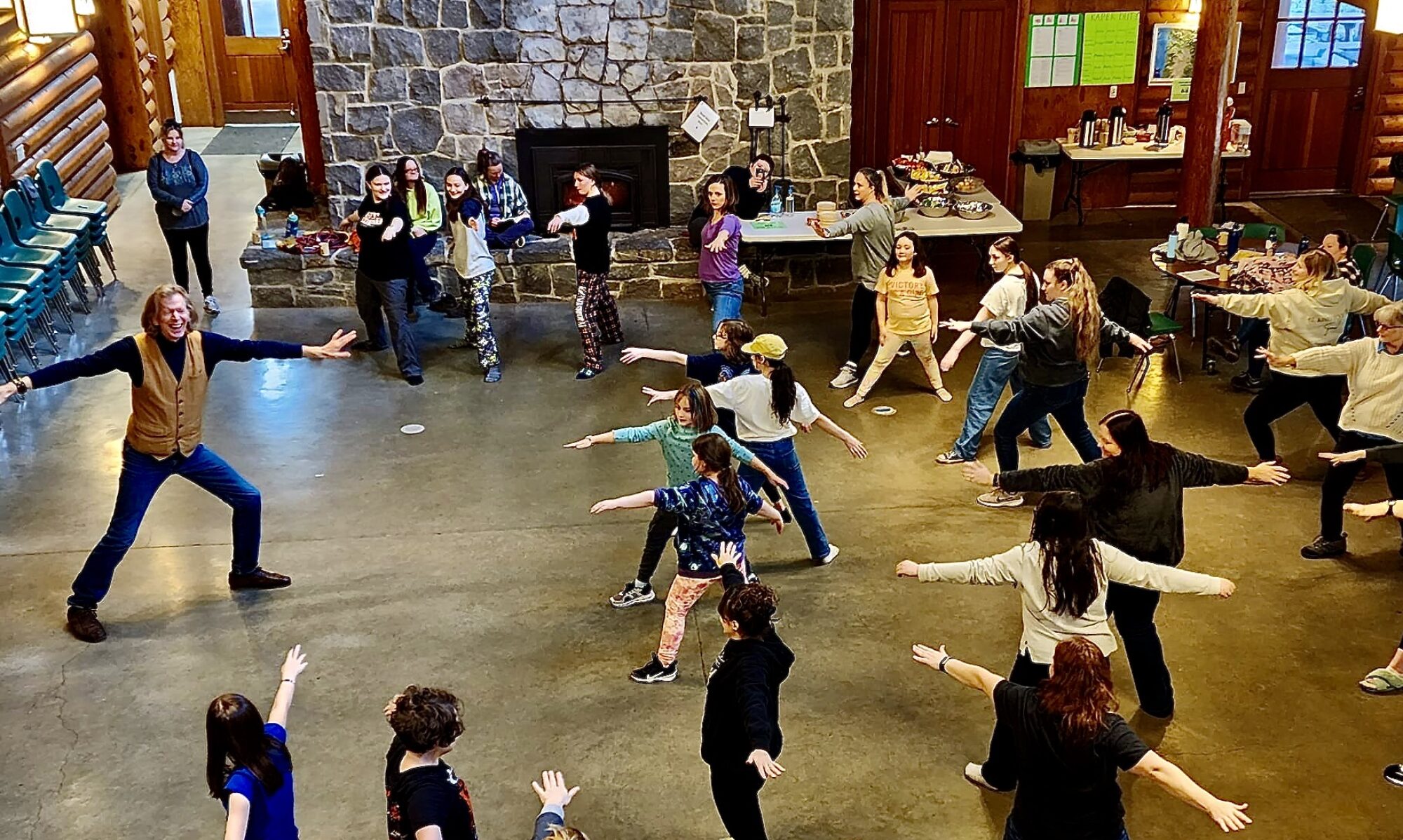THE CALENDAR OF WEEKLY CLASSES, CLINICS AND WORKSHOPS.
The three principles of Yin yoga are: 1) Come into an appropriate depth for your body in each pose; 2) Become still; 3) Hold for a long time. This can mean up to 3-5 minutes per pose. What is important is not what a pose looks like, but what it feels like… we use many props in Yin yoga to support our bodies in releasing into the connective tissues rather than specifically stretching the muscles. Yin yoga is not restorative yoga, in that we are still looking for some stress to the tissues in order to create optimal health. Yin targets mainly the connective tissues of the hips, pelvis and lower spine.A slower moving class focusing on floor postures. All levels welcome.“We don’t use our bodies to get into the pose, we use the pose to get into the body”, according to my teacher, Bernie Clark.

Natural, organic, non-GMO, heart healthy, 0g trans fat – what do these nutrition claims mean? And what do you look for when purchasing processed and/or prepared food at the store?
If you consume any processed food in your diet (we all do – it’s hard not to!), this course will help you understand what’s in your food and how to make the healthiest choices possible when purchasing processed and/or prepared foods. This course will cover how to read labels, understand nutrition claims on packaging, and what to look for/what to avoid. You will walk away with tips and tricks that will help you be a smart consumer who can choose the foods that are best for you and your body, as well as make sure you know what’s in your food J
Tuition is $30. For more information and to register: contact Kristin Kinnie MScN, MSW at Fully Alive Nutrition, [email protected], or 971 770-3400.
The three principles of Yin yoga are: 1) Come into an appropriate depth for your body in each pose; 2) Become still; 3) Hold for a long time. This can mean up to 3-5 minutes per pose. What is important is not what a pose looks like, but what it feels like… we use many props in Yin yoga to support our bodies in releasing into the connective tissues rather than specifically stretching the muscles. Yin yoga is not restorative yoga, in that we are still looking for some stress to the tissues in order to create optimal health. Yin targets mainly the connective tissues of the hips, pelvis and lower spine.A slower moving class focusing on floor postures. All levels welcome.“We don’t use our bodies to get into the pose, we use the pose to get into the body”, according to my teacher, Bernie Clark.
The three principles of Yin yoga are: 1) Come into an appropriate depth for your body in each pose; 2) Become still; 3) Hold for a long time. This can mean up to 3-5 minutes per pose. What is important is not what a pose looks like, but what it feels like… we use many props in Yin yoga to support our bodies in releasing into the connective tissues rather than specifically stretching the muscles. Yin yoga is not restorative yoga, in that we are still looking for some stress to the tissues in order to create optimal health. Yin targets mainly the connective tissues of the hips, pelvis and lower spine.A slower moving class focusing on floor postures. All levels welcome.“We don’t use our bodies to get into the pose, we use the pose to get into the body”, according to my teacher, Bernie Clark.
The three principles of Yin yoga are: 1) Come into an appropriate depth for your body in each pose; 2) Become still; 3) Hold for a long time. This can mean up to 3-5 minutes per pose. What is important is not what a pose looks like, but what it feels like… we use many props in Yin yoga to support our bodies in releasing into the connective tissues rather than specifically stretching the muscles. Yin yoga is not restorative yoga, in that we are still looking for some stress to the tissues in order to create optimal health. Yin targets mainly the connective tissues of the hips, pelvis and lower spine.A slower moving class focusing on floor postures. All levels welcome.“We don’t use our bodies to get into the pose, we use the pose to get into the body”, according to my teacher, Bernie Clark.

Eat well, feel better!
This class will explore the connection between what you eat and how you feel. You’ll learn about the gut-brain axis and how making changes in your diet can help your mood, including reducing symptoms of depression and anxiety. You’ll walk away with practical tips and a list of good mood foods to help you feel better through nutrition!
Note: It’s recommended, but not required, that you take the Happy, Healthy, Gut class prior to taking Good Mood Food.
Tuition is $30. For more information and to register: contact Kristin Kinnie MScN, MSW at Fully Alive Nutrition, [email protected], or 971 770-3400.

You are what you eat … and HOW you eat!
Both what you eat and how you eat can affect your digestion and absorption of food. And, healthy digestion is vital to your overall health and wellbeing. This course will cover how digestion works in the body, why it’s important, and how to optimize digestion and absorption of food. We’ll also talk about how gut imbalances can lead to common digestive symptoms and complaints. This course is great for those who have digestive issues as well as those who are looking to improve their health through a happy, healthy, gut.
Tuition is $30. For more information and to register: contact Kristin Kinnie MScN, MSW at Fully Alive Nutrition, [email protected], or 971 770-3400. more details and – Book Now

Eat well, feel better!
This class will explore the connection between what you eat and how you feel. You’ll learn about the gut-brain axis and how making changes in your diet can help your mood, including reducing symptoms of depression and anxiety. You’ll walk away with practical tips and a list of good mood foods to help you feel better through nutrition!
Note: It’s recommended, but not required, that you take the Happy, Healthy, Gut class prior to taking Good Mood Food.
Tuition is $30. For more information and to register: contact Kristin Kinnie MScN, MSW at Fully Alive Nutrition, [email protected], or 971 770-3400. More details and – Book Now
The three principles of Yin yoga are: 1) Come into an appropriate depth for your body in each pose; 2) Become still; 3) Hold for a long time. This can mean up to 3-5 minutes per pose. What is important is not what a pose looks like, but what it feels like… we use many props in Yin yoga to support our bodies in releasing into the connective tissues rather than specifically stretching the muscles. Yin yoga is not restorative yoga, in that we are still looking for some stress to the tissues in order to create optimal health. Yin targets mainly the connective tissues of the hips, pelvis and lower spine.A slower moving class focusing on floor postures. All levels welcome.“We don’t use our bodies to get into the pose, we use the pose to get into the body”, according to my teacher, Bernie Clark.
